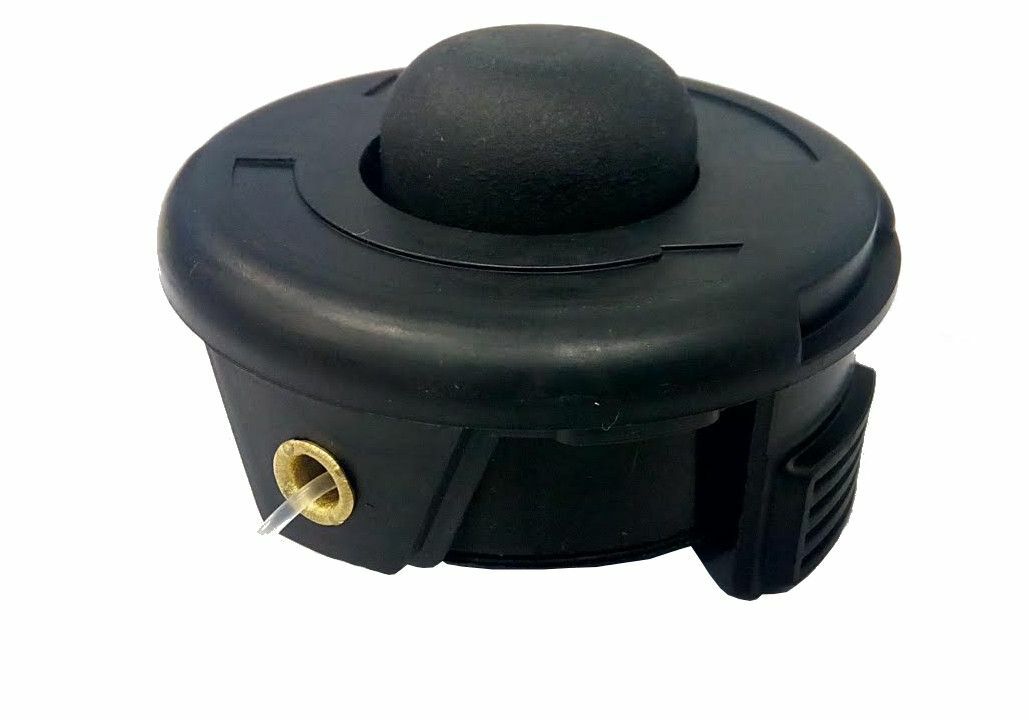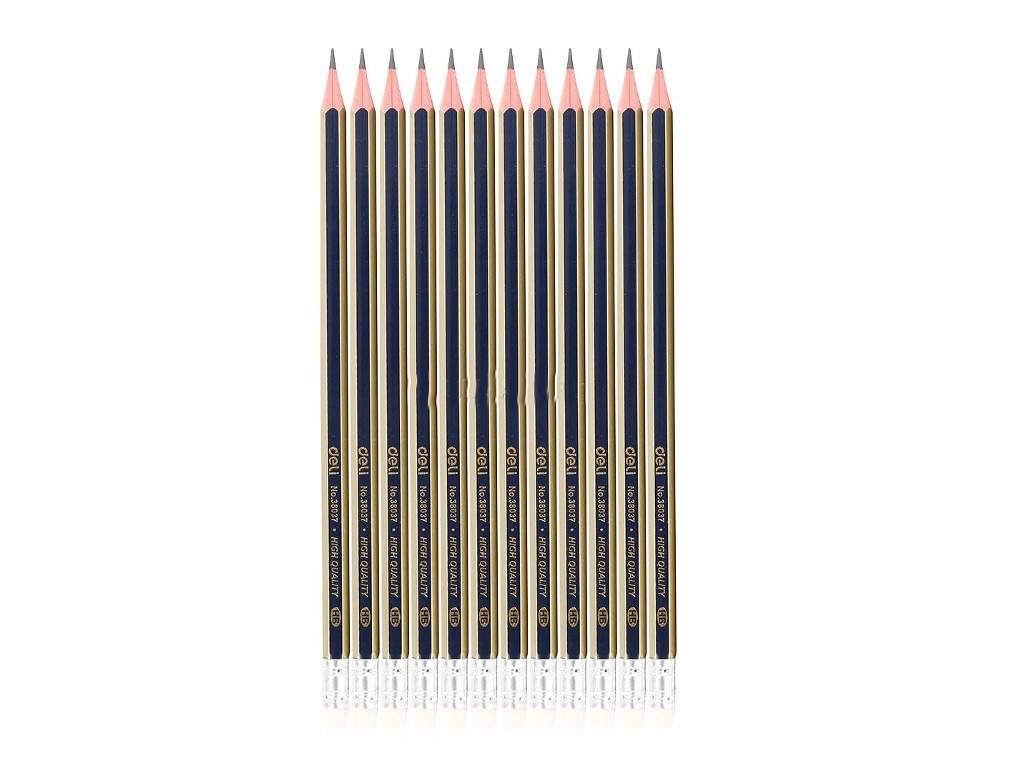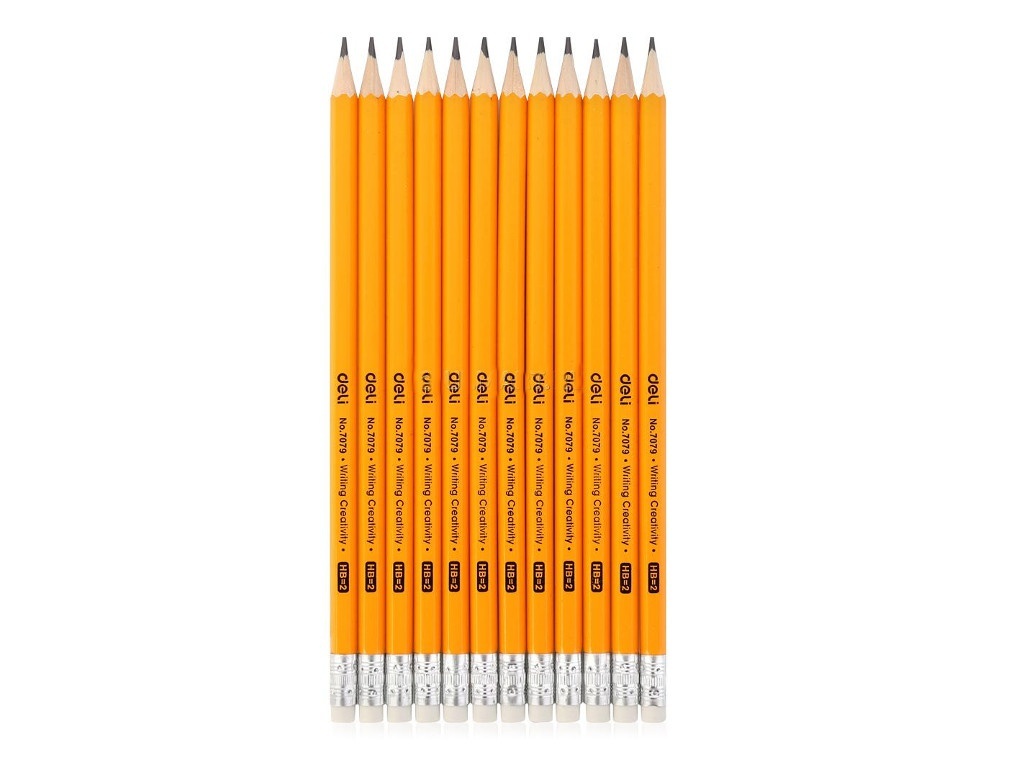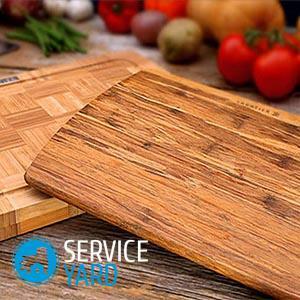
- Features of wood and plastic
- Clean wooden board
- Clean plastic board
- Useful advices:
How often do you wipe the cutting board dry after work? Not always, but in vain. That's why black mold spots form on it. Getting rid of them is not so easy. The boards are made of a variety of materials, but the most popular are wood and plastic. Everyone knows how to clean a cutting board? About this and talk, so that you do not have any doubts about whether you are doing everything right, or something is missing.
to content ↑Features of wood and plastic
Of course, these materials have been on the top of popularity for more than a decade, but they have both positive and negative sides.
Tree
The positive properties of this material are:
- Strength;
- Environmental compatibility;
- Low-cost;
- Ease of operation.
Important! Disadvantages can be called obvious, they are presented:
- Rapid wear and contamination;
- The possibility of absorbing the material of vegetable and fruit juice.
Plastic
This material stands out with the following advantages:
- Ease;
- Strength;
- Rapid disappearance of odors;
- Color variety.
Important! The disadvantages are:
- Lack of environmental friendliness;
- Often slippery surface;
- Absence of antibacterial coating.
Clean wooden board
The most common way of cleaning is washing the board in hot water with dishwashing detergent.
Important! A chopping board made of wood should not be soaked in water, since after drying the wood will crack, and then the growth of bacteria.
Classic error
It seems that nothing is complicated in washing the board, but many housewives make a general mistake: they use a kitchen towel to wipe the washed cutting board. Thus, bacteria and microbes are transported. This bad habit must be abandoned. After the board is washed, it is rinsed and placed vertically to dry.
Important! Do not wipe the board with either a sponge or a kitchen towel. If you need it immediately dry, use a paper towel to wipe it off.
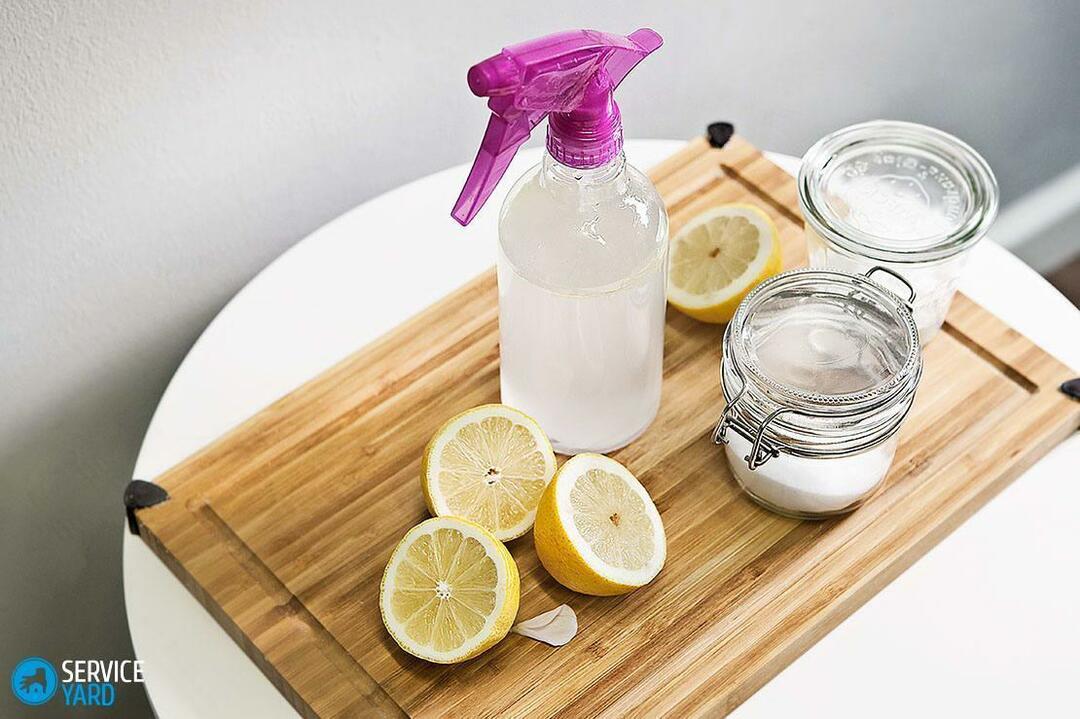
Disinfection - the best methods
To disinfect the wooden cutting board, you can use baking soda:
- Baking soda( 1 tsp) is dissolved in hot water( 500 ml).
- This mixture is used for wetting the surface.
- After ten minutes, the board is washed and put to dry.
Important! Soda can be replaced with hydrogen peroxide, which is used in the amount of two teaspoons.
For disinfection, cleaning and removal of unpleasant odors, you can use half a lemon:
- The board is wiped with lemon.
- After ten minutes washed and dried.
Important! The same antibacterial effect is in white table vinegar, which is able to remove salmonella, E. coli and staphylococcus.
To clean the chopping board from a tree, you can combine several methods. For example, the use of lemon and salt:
- Cutting board rubbing half a lemon.
- Top with salt.
- After a quarter of an hour the surface with salt is again wiped with lemon. At the same time, it is necessary to make small efforts, to press.
- Rinse the board with water, dry.
Important! If scratches or cracks appear on the wooden board, you can not use it.
to the contents ↑Clean the plastic board
Many landladies have long preferred plastic cutting boards. The main reason for this is an inexpensive price and quality manufacturing. But after a while the inventory will begin to absorb smells and cover with unsightly spots. So how do I clean the cutting board? It is important to understand that such a procedure, of course, benefits health. Let's consider some recipes.
Method 1:
- We collect water into the container.
- Add the bleach in a tablespoon per liter of liquid.
- The board is lowered into the solution for a quarter of an hour.
- Thoroughly wash the surface.
Method 2:
- Sodium, citric acid and water are mixed.
- The resulting paste is applied to the surface.
- After half an hour, the board is washed with a mixture of hot water and a soapy solution.
Important! Thus, stains of natural origin and unpleasant odors are eliminated.
Method 3
Suitable for removing stains from carrots:
- Vegetable oil is used for rubbing the board.
- The surface is thoroughly washed with a detergent.
Important! It is necessary not only to know how to wash a cutting board plastic, but also how to remove from its surface foreign smells. In this case, table vinegar is used for processing. It creates an acidic environment and destroys microbes.
to the contents ↑Useful advices:
- It is better for all products to have a separate board. Disinfection is necessary, after which the inventory is thoroughly washed and dried.
- For cleaning it is better to use one remedy, moreover, it is better to choose the least toxic. How to clean a cutting plastics board from black? It is better to use not aggressive chemicals, but a mixture of water and vinegar. Such a composition will help to cope with mold, bacteria and even viruses.
- In the kitchen it is necessary to have a spray with a mixture of water( 2 items) and essential oil of tea tree( 2 tsp).It will help to destroy the mold.
Important! In order for the essential oil to dissolve, alcohol or vodka can be poured into a container in a small amount. In addition, the oil can be dripped onto the salt and then dissolved in water.
- To prevent fungal damage, a mixture of 5% vinegar( ⅓ capacity) and water( ⅔ capacity) is prepared. With the help of an atomizer, such a mixture periodically processes not only the boards. It can be used for disinfection of tables, sponges and other kitchen utensils. This solution does not need to be washed off immediately. It can even be left to dry on the surface, while the characteristic acetic odor will not be heard in a few hours.
Important! Utensils and plumbing due to this product will be cleared of mineral deposits, powdery mildew, soap traces, wax or fat.
- You can use lavender or thyme oil to make a home antibacterial spray. It can be used for processing not only cutting boards, but also switches, handles on doors, etc.
- Do not use cleaning powders. They are good at coping with various odors and contaminants, but their particles often remain on the surface and then find themselves in food.
Clean cutting boards are kitchen hygiene, because they are used for the cooking process. If you use them unhygienically, the food can be harmful bacteria, for example, E. coli or Salmonella. But it is easy to avoid, if timely arrange cleaning and disinfection of all kitchen utensils.

